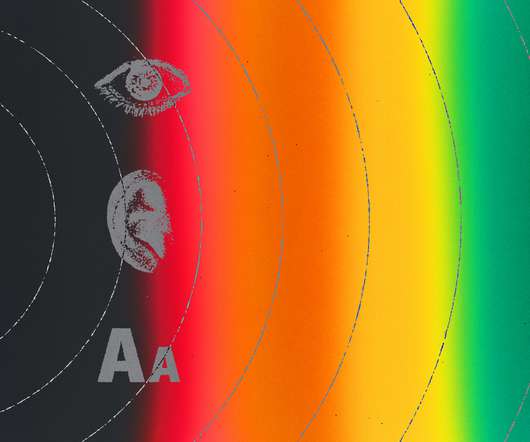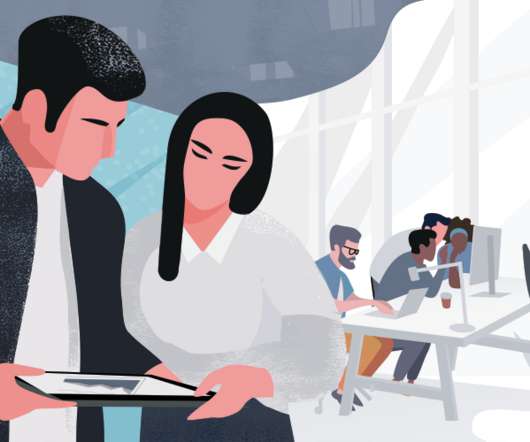Why Training has a Bad Name (and how we can change it)
Learning Rebels
APRIL 20, 2016
We have worn down the hopeful and motivated learners in our organizations, but we can change this perception. Stop fearing change. . Yet, our training methods haven’t changed. Regardless of learning modality – be it classroom, webinar, or virtual – the core design hasn’t changed since the industrial age.
































Let's personalize your content